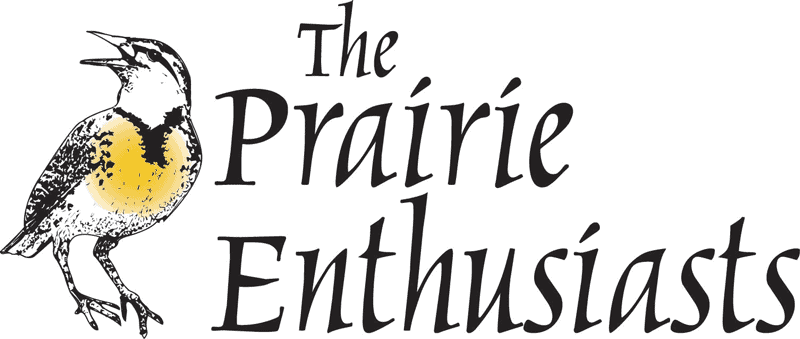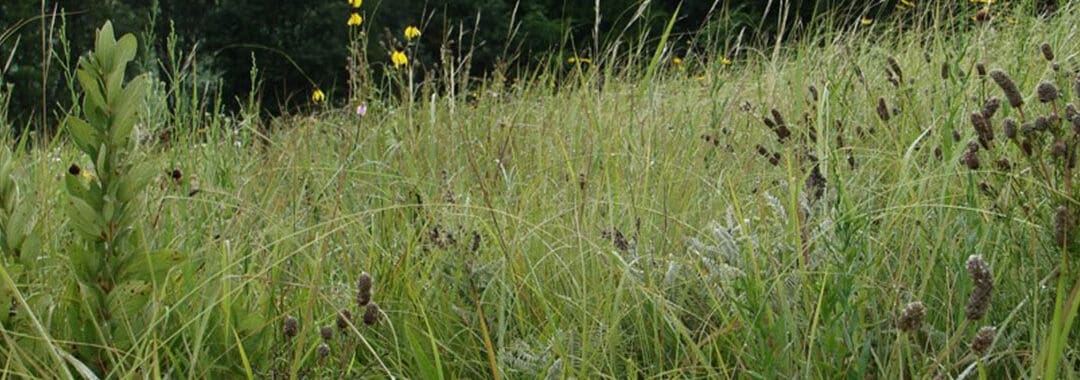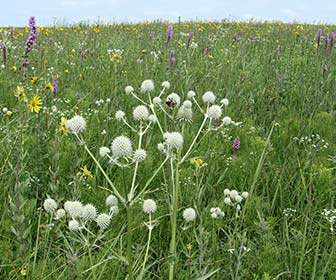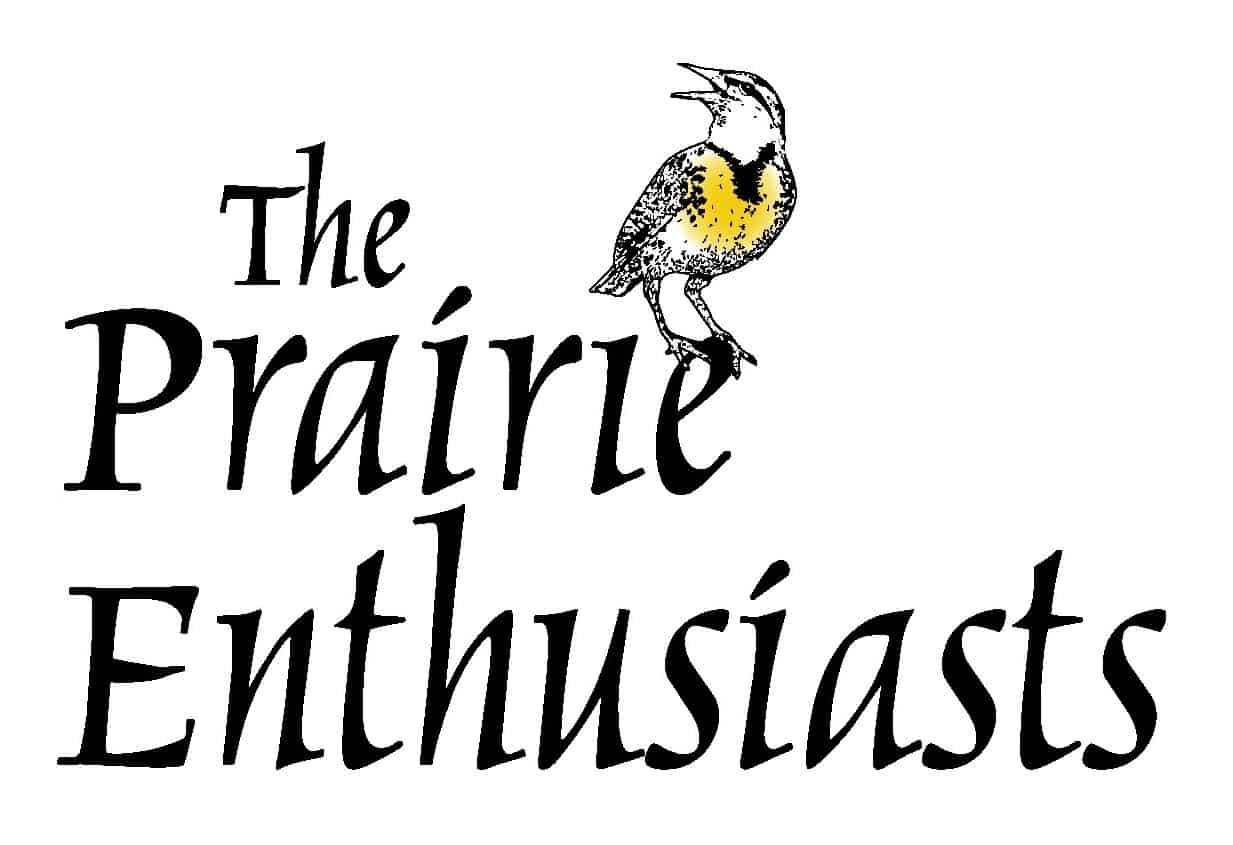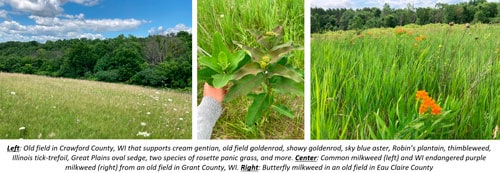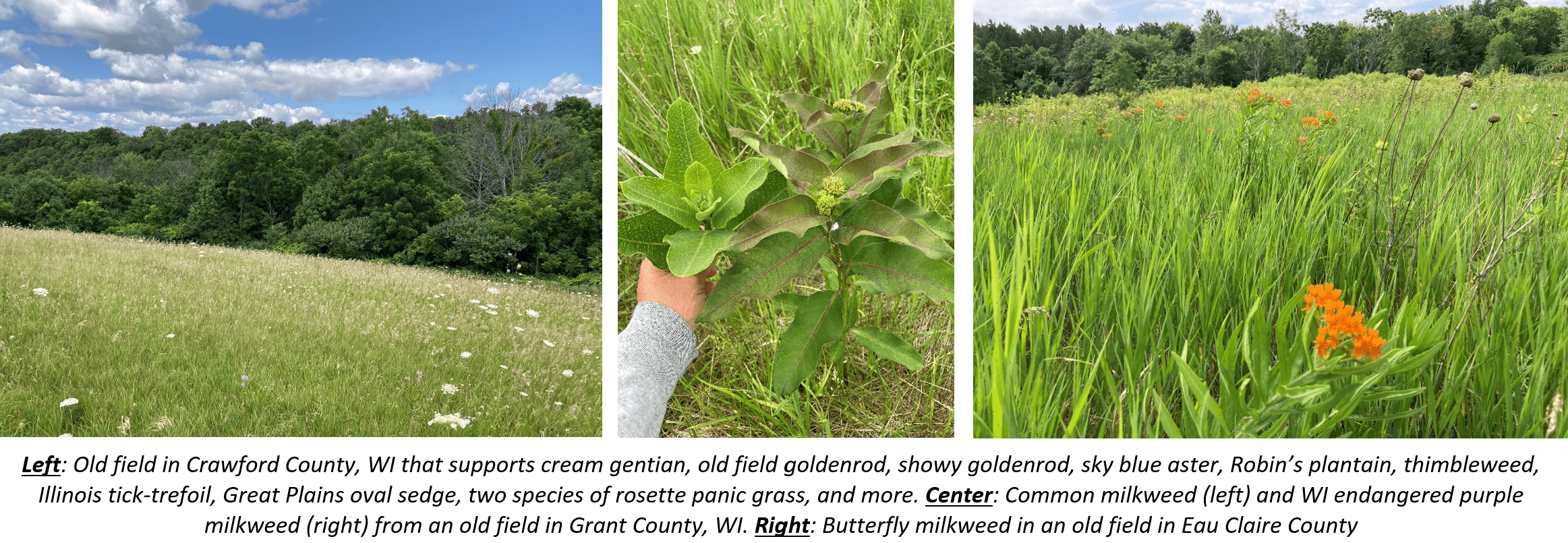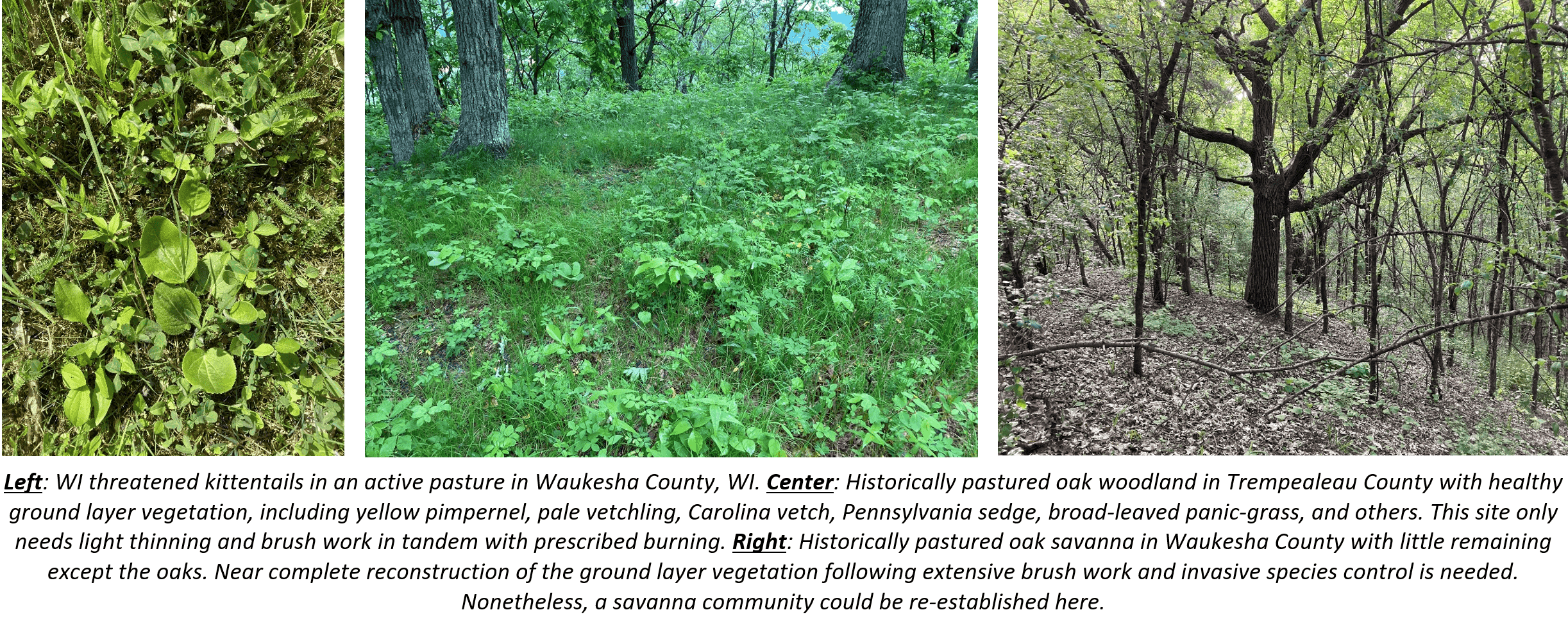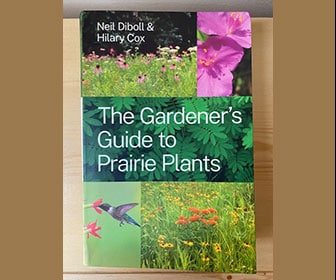
Book Review: The Gardener’s Guide to Prairie Plants
Book Review: The Gardener’s Guide to Prairie Plants
Written by Neil Diboll & Hillary Cox
Reviewed by Laurel Bennett
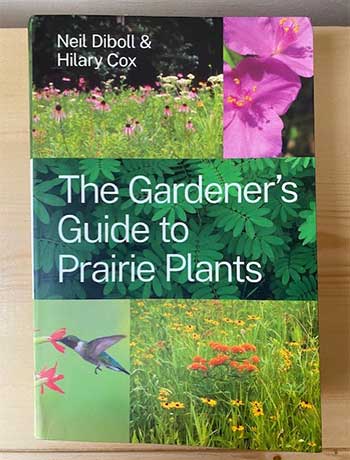
Neil Diboll, a well-known prairie ecologist associated with Prairie Nursery (also a member of the Prairie Sands Chapter of The Prairie Enthusiasts) and Hillary Cox, a botanist, horticulturist, and garden designer, have teamed up to write The Gardener’s Guide to Prairie Plants.
This 638-page book was originally intended as a field guide for identifying selected prairie species at all life stages. They certainly succeeded at that, providing extensive documentation on 145 prairie plants (18 grasses, 1 sedge and 133 forbs). But it is much more. Chapters range from “History and Ecology of the Prairie” to “The Prairie Food Web” but focus on establishing prairie gardens and ‘prairie meadows’, as the authors’ refer to a larger prairie planting, including propagating your own plants. Chapter 11 provides twelve different seed mixes for various combinations of soil types and prairie functions (butterflies, pollinators, deer resistant). Chapter 12 is stuffed with thirty more tables, covering many different parameters on prairie plants (color, height, bloom time, etc.) and some you might not even think to consider (root type, aggressiveness, groundcovers, specimen plants).
The text is necessarily short on each topic but comprehensive in its coverage of the tallgrass biome. It is ideal for the beginner interested in planting and maintaining a prairie garden or ‘prairie meadow’ but even an experienced practitioner can pick up some good pointers.
There are a number of books and blogs on propagating prairie plants, on gardening with native plants, on establishing prairies and even a few on identification of seedling prairie plants. This book stands out for its breadth of coverage.
You can find this book on Prairie Nursery’s website.
Find other interesting reads in our blog post: Our Winter Reading List
